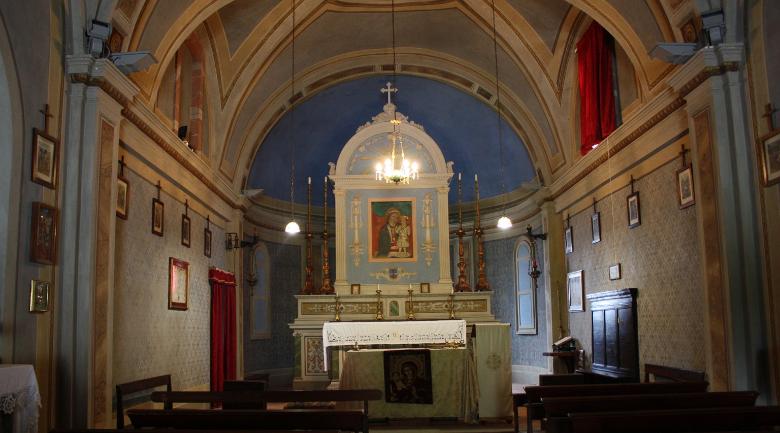Once upon a time there were plants, fish, reptiles, birds and mammals
The collection of fossil remains from the Quaternary lignites of Pietrafitta consists of several thousand specimens and has become one of the most important collections of its kind currently known in Europe.
There are 36 species of plants identified through fruits and seeds, 11 through pollen, 5 species of freshwater molluscs, but mainly vertebrates, which make the site scientifically relevant.
The area has been home to the well-known mammoth, the museum's attraction, as well as rhinoceroses, deer, bison, cheetahs, bears, beavers, beavers, roosters, giant frogs, tortoises... and of all these species, the museum houses fossil specimens.
Contact and ticket office: beniculturali.it
They say about us: rainews.it
Useful information and accessibility
Useful information:
The museum houses fossil remains found in the basin surrounding the upper valley of the Nestore River.
Phone: 075 5759610
Entrance is free for people with disabilities and their companions.
How to reach the property:
The structure can be reached by car. There is a large parking area in front of the entrance with a dirt and gravel surface.
Around the building, there is a paved base made of stone blocks with a compact and slip-resistant finish.
The path between the parking area and the outer perimeter of the museum has no elevation changes.
Moving around the facility:
The exhibition space is on a single level and is organized with a large reception area, exhibition rooms, and a laboratory.
The entrance is level, with no changes in height, and the door has a passage width of 85 cm.
The internal flooring is made of smooth concrete with a homogeneous and compact finish.
The space features wide passage areas, as do the doors connecting the various rooms, which are kept open during visits.
At the entrance, in the reception area, there is a first counter serving as a ticket office, colored blue.
Opposite it, there is a second counter functioning as an information point, colored red.
The main exhibition room is circular, where various fossils and artifacts can be viewed.
There are two smaller exhibition rooms compared to the first, and a room designated as a laboratory.
Several emergency exits have thresholds with no changes in height, leading to the external perimeter walkway.
Use of contents:
Inside the museum, various fossils and artifacts can be viewed.
Among the information displays, there are totems and tables with screens activated by an electronic bracelet given at the entrance. Through these devices, it is possible to view text and listen to audio descriptions in English of the displayed artifacts. In the external base of the museum, there is a tactile path to assist the orientation of blind or visually impaired individuals from the parking area to the entrance.
Toilet features:
From the reception area, access to the restrooms is available, divided into an anteroom and a bathroom.
There is a restroom accessible for people with disabilities in wheelchairs, allowing for front or side approach to the toilet. A folding grab bar and a bidet shower are also installed next to the toilet.


































.png/63402446-6fef-a6a0-d1c7-deea2b29ae1f?width=780)


